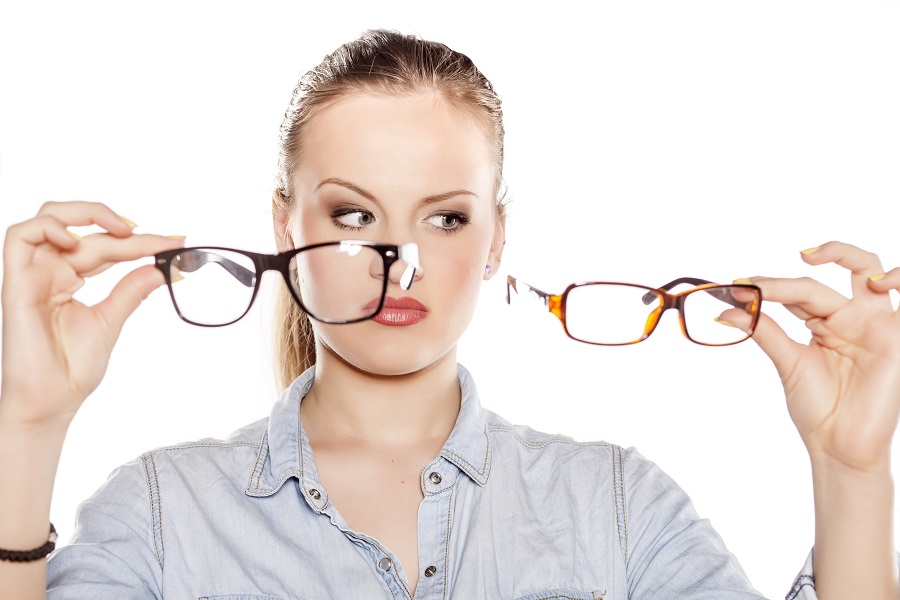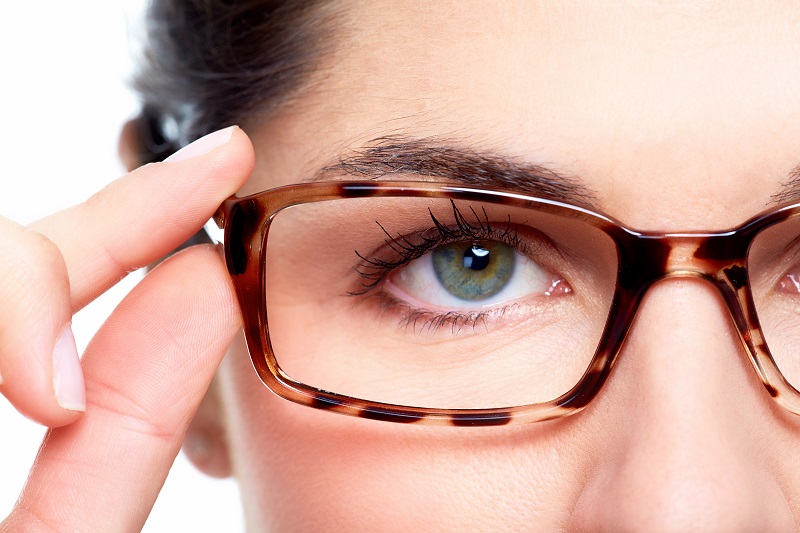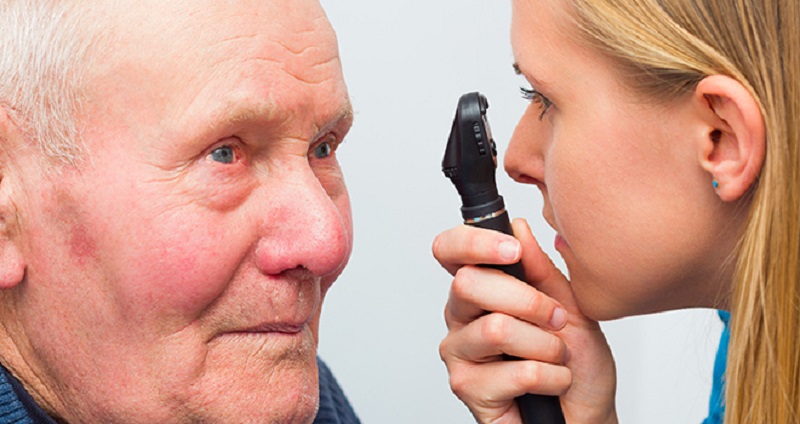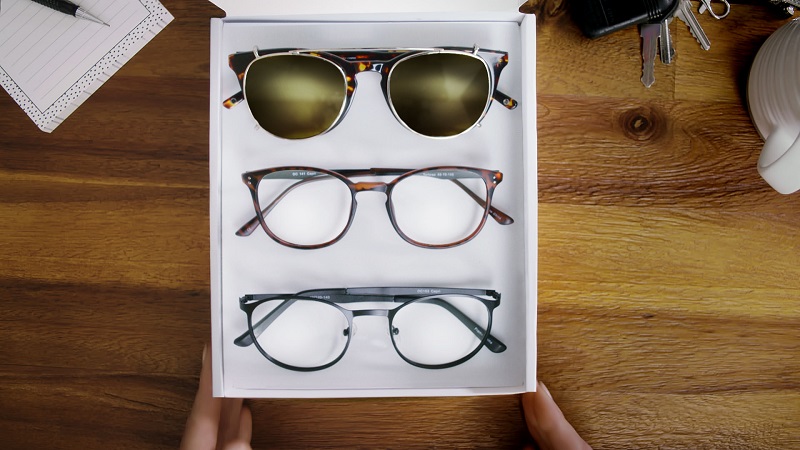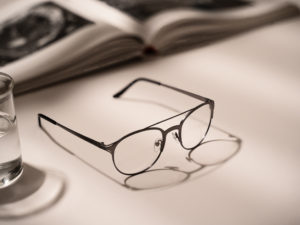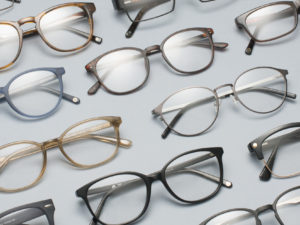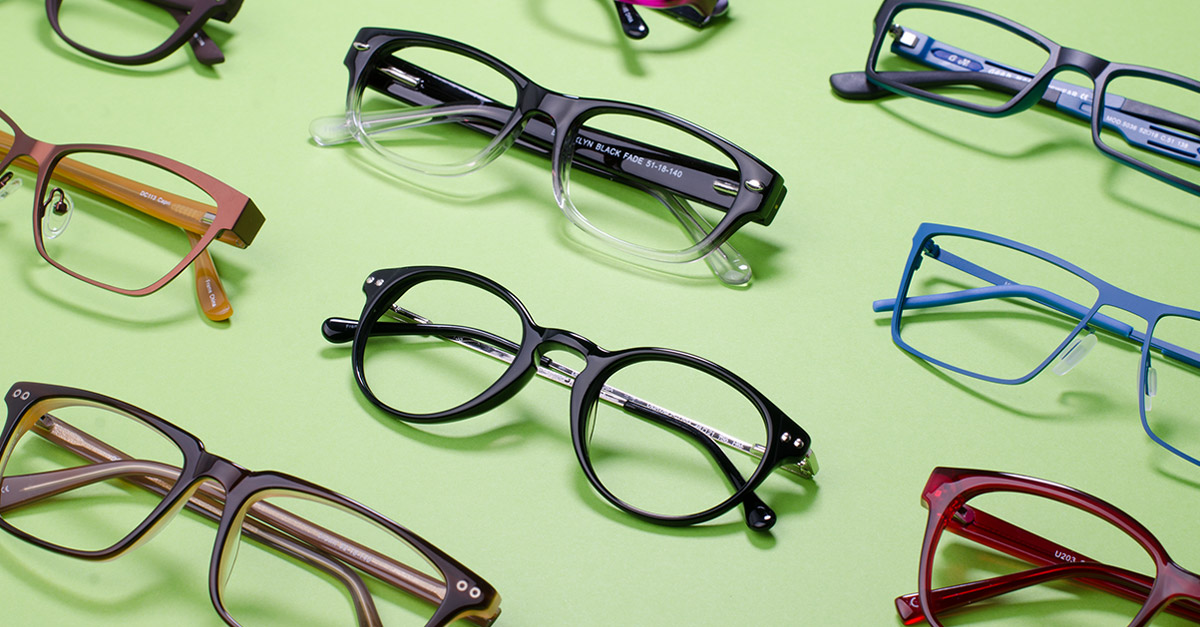For some of us, it starts early. For others, it happens later in life, when their hair starts showing streaks of grey. At some point, everyone needs some form of vision correction, usually single vision glasses or multifocals.
But how do you know which corrective lens to use with your glasses? Once you get an eye exam done, based on your prescription, a doctor will recommend the type of corrective lenses to put in your frames. However, it doesn’t hurt knowing a bit more in advance about the type of eyewear you’re going to use.
When it comes to single vision lenses, it’s pretty straight forward: One type of lens to see better up close; a different one for seeing things better at a distance. When it comes to multifocals, people can get confused. So we put together a useful list of the common reasons for which you will need to get multifocals.
Presbyopia
Growing older has an impact on your eyesight, whether you’ve had a perfect vision your entire life or have been wearing prescription glasses since you were in elementary school.
Presbyopia, also known as ‘aging eyes’, is a condition that progressively makes it more difficult to focus on objects up close. The most common symptom is a difficulty to read the small print, followed by eye strain and headaches.
Presbyopia is most common among people 35 and older, but symptoms resembling this condition have been identified among younger people as well in recent years, believed to be directly linked to the increased use of digital devices.
Whether you’re 35, 45 or 65 when the effects of presbyopia begin to show, you should get multifocals. Presbyopia is a progressive condition and eventually can affect more than just close-range vision; it tends to cause vision problems in the intermediary too (computer screens and a bit further away), hence the need for more than one vision range correction.
Multiple Refractive Errors
One refractive error, whether it’s nearsightedness or farsightedness, doesn’t mean you can’t have a different one simultaneously.
Myopia (nearsightedness, difficult to see to a distance) is the most common vision problem, and people with presbyopia often need vision correction for distant objects too. It’s possible to get two different pairs of prescription glasses; it just doesn’t make a lot of sense. Bifocals are glasses with multifocal lenses that have vision correction to distance and up close, with a visible line on the lens. Multifocals with progressive lenses provide vision correction to all distances, including the intermediate.
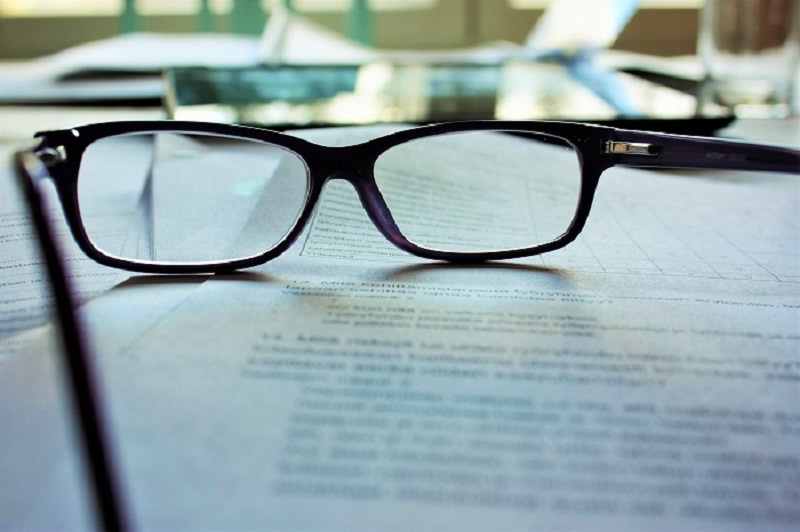
Starting Young
One out of every four children in the United States requires some form of vision correction. As mentioned above, the most common refractive error is nearsightedness (12% of Americans, with gradually increasing rates). However recent studies have shown that many children who need vision correction for Myopia benefit from using eyeglasses with progressive lenses, as it slows down the progression of nearsightedness.
Bifocals might get the job done, but it’s hard to believe a kid is going to wear them. Multifocals with progressive lenses correct the child’s vision and provide a more stylish way of doing it.
What About Contact Lenses
All the reasons we specified above: Age-related presbyopia, slowing down myopia for kids, multiple refractive errors – all of those apply to multifocal contact lenses as well. You can get bifocal contact lenses or multifocal contacts that work like progressive lenses on eyeglasses.
It’s worth mentioning that while multifocal contact lenses have their advantages over prescription eyeglasses, they don’t provide the exact level of vision clarity. Many people who use multifocal contacts still use a pair of reading glasses when they need to read the small print.
